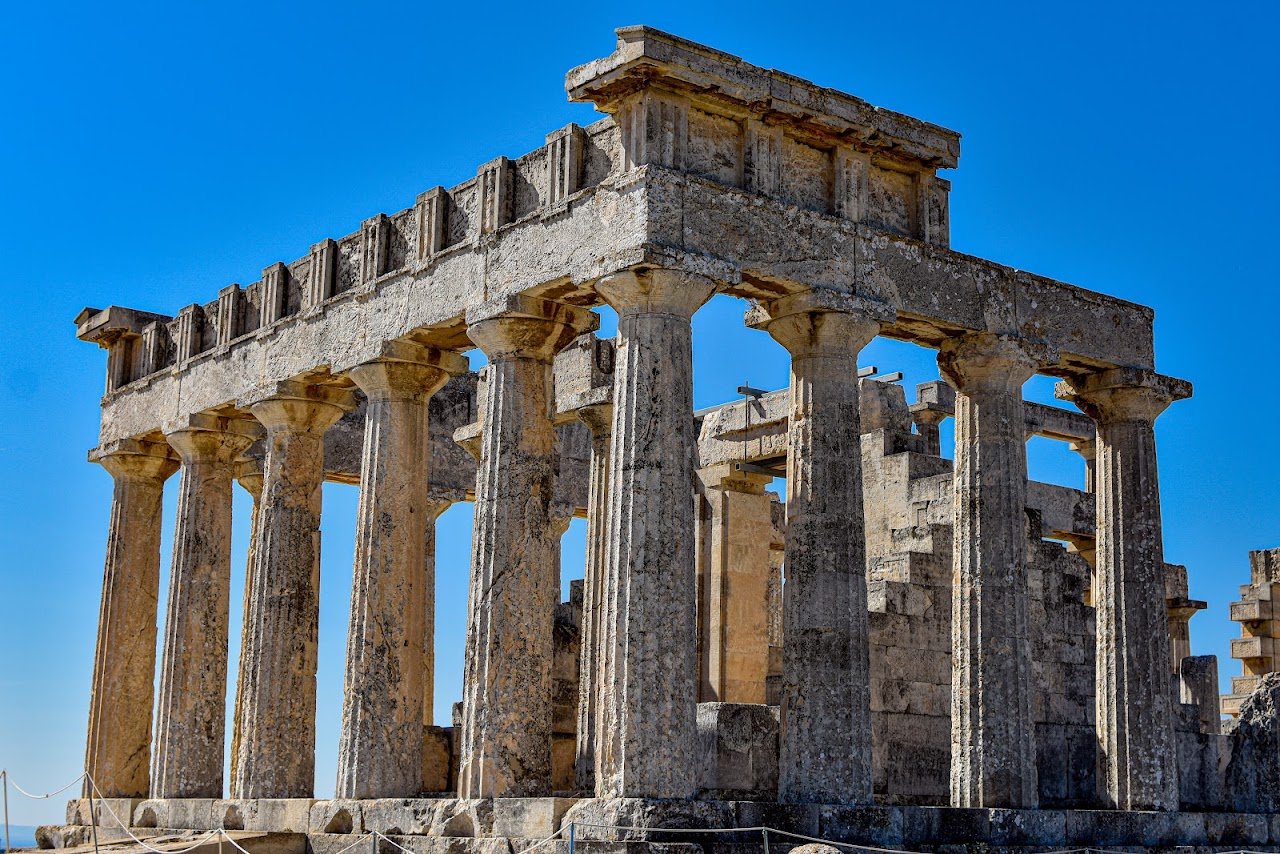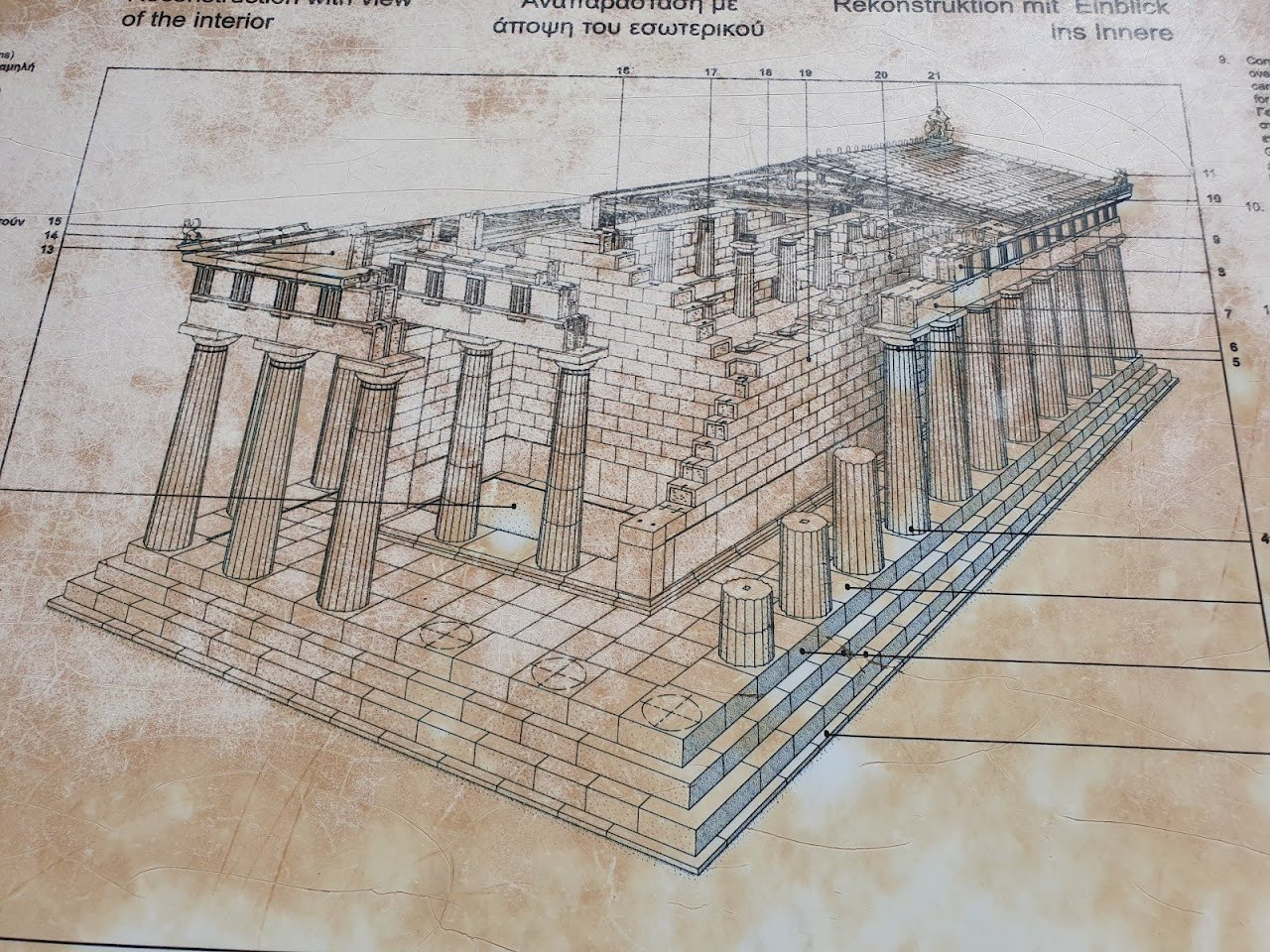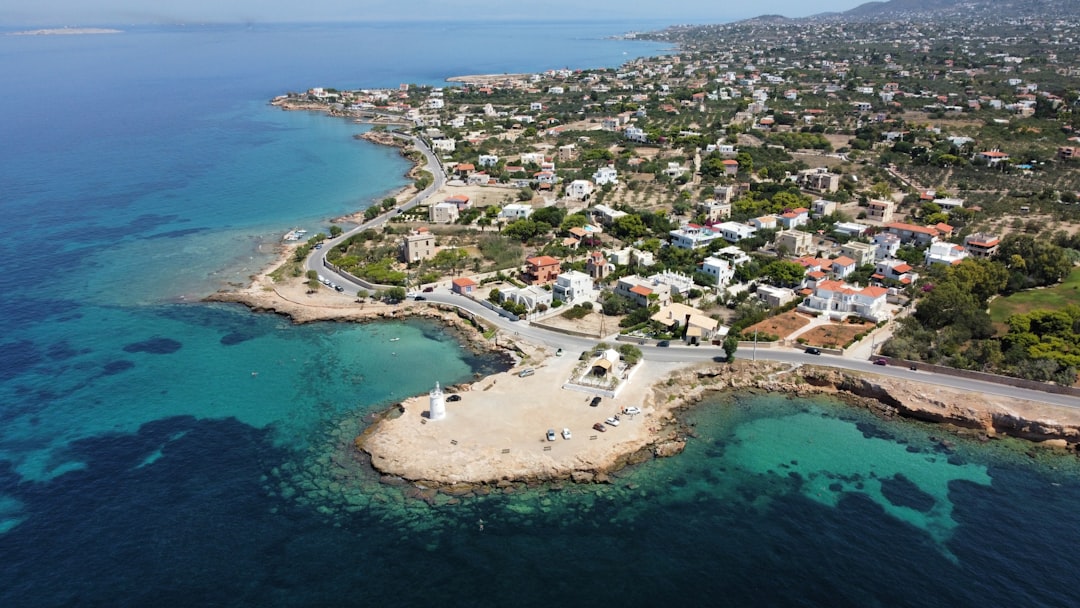Temple of Aphaia





Ask ThatchGPT
Suggest a local expert to plan my trip
Suggest an unique itinerary for my Greece trip
What foods do Greece locals eat
What are some true hidden gems in Greece
Help me brainstorm trip ideas for Greece
Help me plan a family-friendly trip to Greece
What people say
Efthymia Kalogirou
"The Temple of Aphaia (or Afea) stands as one of Aegina's most captivating attractions, perched on a hilltop 160 meters above sea level, enveloped by serene pine forests. This sacred site has been a place of worship since prehistoric times (1300 B.C.), but it reached its pinnacle during the Archaic period when three successive temples were constructed here, with the last temple still standing today.
Located 15 kilometers from Aegina's capital (2 kilometers east of Mesagros), the Temple of Aphaia was rebuilt between 500-490 BC after a fire damaged its predecessor in 510 BC. The new temple, a masterpiece of Archaic architecture, was meticulously crafted by Aeginean sculptors, showcasing the distinctive style of the "Aeginean" School.
This Doric Peripteros temple, constructed primarily from local limestone with Parian marble accents, is renowned for its innovative architectural design. Unlike earlier temples, the Temple of Aphaia exhibits balanced proportions with 6 columns on the short sides and 12 on the long sides, departing from the elongated form of earlier Archaic temples. Notably, the external columns subtly incline inwards, and the corner columns are slightly thicker than the rest.
Named in honor of the goddess Aphaia, the temple is associated with mythological tales of Britomartis (or Diktynna), daughter of Zeus and Karme, who found refuge on Aegina. The temple's pediments, once adorned with vibrant sculptures depicting scenes from the Trojan War, were a testament to Aegina's proud heritage.
Despite its ancient glory, the sanctuary of Aphaia gradually declined after Athenian rule in the mid-5th century BC and was eventually abandoned by the 2nd century BC. Rediscovered in the 19th century by archaeologists, including Ch. R. Cockerell and Baron von Hallerstein, the temple's exquisite sculptures were transported to Munich's Glyptothek, where they remain on display.
Today, the Temple of Aphaia exudes a powerful energy, forming part of an ancient sacred triangle with the Parthenon and the Temple of Sounion. Visitors can explore the adjacent Museum of Aphaia, marvel at the temple's enduring legacy, and immerse themselves in the tranquil surroundings, breathing in the scent of pine trees and feeling the whispers of ancient history resonate in this timeless space."
Read more in:
Emma Eichhorn
"This is the crowing jewel of Aegina!
If you do nothing else while on the island, make sure you go here. Even the drive to it is a treat!
The temple is in great conditioning with a beautiful view of the sea. There is a small museum on the sight, and a small cafe across from the entrance where you can use the restroom, have a drink, and enjoy the gorgeous view!
Tickets can be purchased at the site entrance; there is no need to buy them in advance. "
Read more in:
Mentioned in these guides
About Temple of Aphaia
Get the inside scoop on Temple of Aphaia from local experts, travel creators, and tastemakers. Browse genuine trip notes, Temple of Aphaia reviews, photos, travel guides, and itineraries from real travelers and plan your trip with confidence.
Address
Phone
Save this spot for later or start mapping out a new trip today
Try our AI Travel Assistant and get instant answers to any questions about your trip.
Ask ThatchGPT


